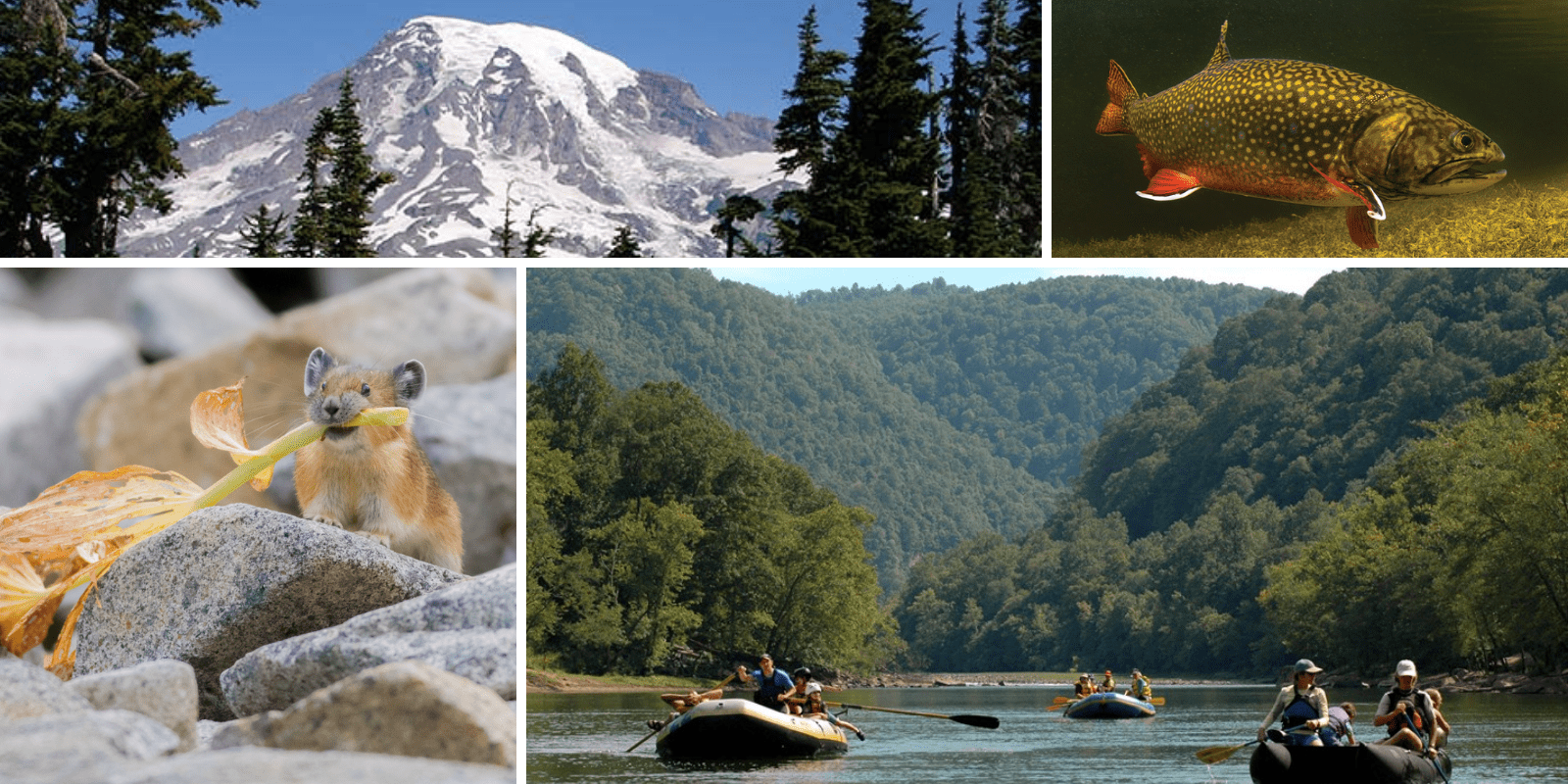We have much more to do and your continued support is needed now more than ever.
In Search of Bipartisan Cooperation on Climate

It is heartbreaking to see the devastation taking place up and down the West Coast due to the historic wildfires. In a year full of challenge and loss, the fires are a painful reminder that the climate crisis rages on. Just as we need our political leaders to cooperate to fight the COVID-19 pandemic and restore economic growth, we desperately need them to work together to tackle climate change, and ensure a clean, sustainable future for people and wildlife alike.
The good news is that bipartisan cooperation on climate has resurfaced, bit by bit, resulting in a growing marketplace of ideas in Washington. Bipartisan groupings, called caucuses, focused on climate change now exist in both the House and Senate. Members of both parties have put forth proposals including economy-wide carbon taxes; tax credits for renewable energy and carbon capture and storage; investments in research, development, and deployment of the most promising clean technologies; and major tree planting initiatives.
After so many years of congressional inaction on climate, if feels good to see all of these ideas being discussed. The fact is we may need all of them to “flatten the curve” in rising greenhouse gas levels in the atmosphere – and to protect humans and wildlife – so finding members from both parties who can buy into as many options as possible is essential.
One promising bipartisan initiative is being led by Representative McKinley, Republican from West Virginia, and Democrat Kurt Schrader from Oregon. In recognition of the fact that all of America is not yet fully ready for the energy transition we need to make, and that companies, workers, and communities need time to adjust, their plan would start with a substantial federal investment in research, development, and deployment of low- and zero-carbon solutions in the energy sector. They envision billions spent over 10 years, focusing that investment in key areas such as carbon capture and sequestration, nuclear and renewable energy, batteries and storage, and energy efficiency. After 10 years of investing, learning, and preparing for the transition, their proposal would shift into a new phase of requiring a move away from fossil fuel-based energy production.
After the initial investment period, the bill would establish a national clean energy standard (CES), which would set annual limits on CO2 emissions from power companies. Those limits would get stricter each year, reducing emissions by 80 percent by 2050. Thirty states have already adopted versions of such policies for the electricity in their borders in the form of renewable energy portfolio standards. The McKinley-Schrader proposal would build on—not undercut—early state action.
Under the McKinley-Schrader plan, a successful Phase 1 should lead to a relatively painless Phase 2 and achieve the emissions reductions we need in the power sector. This is one creative way to couple Democratic and Republican approaches to tackling climate change that deserves real discussion. Investment is needed in already economically hard-hit regions of the country dependent on fossil fuel extraction and production, and that need will only grow as we stop getting our electricity from coal. It is also important to note that the initial period of investment should not be viewed as a pause on emissions reductions in the near-term. The investment and innovation under the plan should be targeted and paired with other measures to continue to cut carbon even before mandates kick in.
It remains to be seen whether this approach will gain sufficient traction in Congress. But we do know that, on its own, it is not enough. We also need to address the largest source of climate emissions in the United States—cars and trucks. Solutions need to be found for emissions from industrial processes like forging iron, and for airplanes that can’t run on electricity. And even after all of that, we still need to remove CO2 from the atmosphere in order to achieve a safe level, such as through innovative agriculture and forestry, and direct air capture technology.
Congress has shown its ability to come together to take decisive action on big issues. With large swaths of the country literally on fire, we can no longer wait for it to do so again to prevent even worse climate catastrophe.
Call on Congress and state elected leaders to take action on climate change.
Take Action!





















